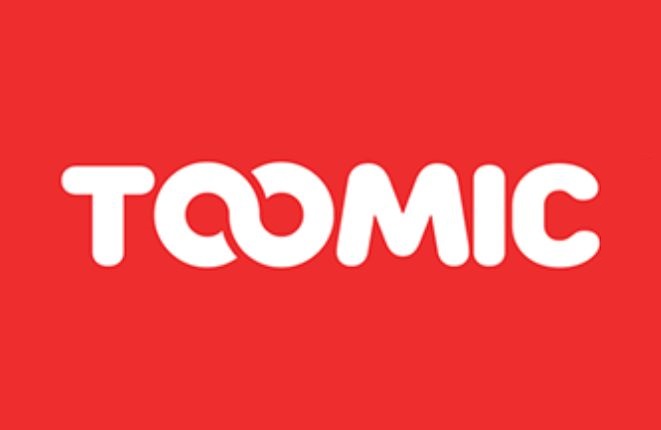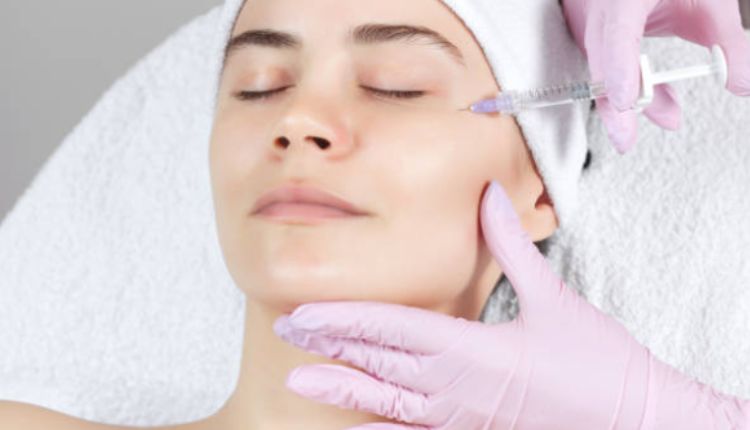Hair loss is a common concern for people of all ages and backgrounds. Whether due to genetics, hormonal imbalances, stress, or a variety of other factors, the quest for effective hair regrowth solutions has been ongoing for centuries. In recent years, PRP hair treatment has emerged as a pioneer in the new era of hair regrowth strategies. This innovative and minimally invasive procedure has gained popularity as a promising solution for individuals seeking to reverse the effects of hair loss and achieve a full head of hair once again.
Understanding PRP Hair Treatment
PRP, or Platelet-Rich Plasma, is a medical technique that has been used in various fields, such as orthopaedics and dentistry, to stimulate tissue repair and regeneration. The fundamental principle of PRP is based on the healing properties of platelets, which are small cell fragments in our blood that play a vital role in tissue repair and growth. PRP hair treatment harnesses the power of platelets to promote hair regrowth.
The process begins with a simple blood draw from the patient, similar to a routine blood test. The collected blood is then placed in a centrifuge, a machine that separates the platelets from other components of the blood, creating a concentrated plasma rich in growth factors. This platelet-rich plasma is then injected into the patient’s scalp, specifically targeting areas with thinning or receding hair. The growth factors contained within the PRP promote hair follicle rejuvenation and stimulate the production of new, healthy hair.
The Pioneering Aspects of PRP Hair Treatment
- Minimally Invasive Nature: PRP hair treatment is a minimally invasive procedure, making it an attractive option for individuals seeking non-surgical solutions for hair loss. Unlike traditional hair transplant surgeries, PRP treatment does not involve incisions, sutures, or significant downtime. Patients can typically resume their daily activities immediately after the procedure.
- Natural and Safe: PRP is derived from the patient’s own blood, reducing the risk of allergic reactions or adverse side effects. This natural approach has garnered a reputation for being safe and well-tolerated, even by those with sensitive skin.
- Effective for Various Types of Hair Loss: PRP hair treatment has shown promise in addressing a range of hair loss conditions, including androgenetic alopecia (male and female pattern baldness), alopecia areata, and telogen effluvium. It is suitable for both men and women, making it a versatile option for a wide demographic.
- Stimulates Hair Follicle Regeneration: The growth factors in PRP play a crucial role in stimulating dormant hair follicles, prompting them to enter the active growth phase. This not only promotes the growth of new hair but also thickens and strengthens existing strands.
- Customizable and Targeted: PRP treatment can be customised to suit the unique needs of each patient. The physician can adjust the concentration of platelets and the treatment schedule to optimise results for the individual. Moreover, the treatment can be specifically targeted to areas of concern, ensuring precise and effective results.
The PRP Hair Treatment Procedure
The PRP hair treatment procedure is a relatively straightforward process, typically taking less than an hour to complete. Here is a step-by-step overview of what patients can expect during their PRP session:
- Consultation: The journey begins with a consultation with a qualified healthcare provider or dermatologist specialising in PRP hair treatment. During this consultation, the patient’s medical history, hair loss pattern, and treatment goals are discussed. The physician will assess whether PRP treatment is a suitable option based on the individual’s unique circumstances.
- Blood Collection: If deemed a suitable candidate for PRP therapy, the patient undergoes a blood draw, typically from the arm. The collected blood is then processed in a centrifuge machine to separate the platelet-rich plasma from other blood components.
- Anaesthesia: Before the injection, the patient’s scalp is typically numbed with a local anaesthetic to ensure minimal discomfort during the procedure.
- PRP Injection: The platelet-rich plasma is then skillfully injected into the targeted areas of the scalp using a fine needle. The injection technique is important to ensure even distribution and maximum effectiveness.
- Post-Treatment Care: Following the procedure, patients are typically advised to avoid washing their hair for a few hours and to refrain from strenuous physical activity for a short period. Minimal redness or swelling at the injection site may occur, but these side effects generally subside within a day or two.
- Treatment Schedule: PRP hair treatment is often administered in a series of sessions, typically spaced a few weeks apart. The number of sessions can vary depending on the patient’s response to treatment and their specific hair regrowth goals.
The Science Behind PRP Hair Treatment
The scientific basis for PRP hair treatment lies in the regenerative properties of platelets. Platelets contain various growth factors, such as platelet-derived growth factor (PDGF), transforming growth factor (TGF), and vascular endothelial growth factor (VEGF), which are essential for tissue repair and regeneration.
When PRP is injected into the scalp, these growth factors go to work, stimulating the hair follicles, increasing blood flow to the hair roots, and promoting the growth of new hair strands. This process is particularly effective for hair loss caused by follicle miniaturisation, which is a common characteristic of androgenetic alopecia. By rejuvenating and strengthening the hair follicles, PRP helps to slow down or even reverse hair loss.
The Versatility of PRP Hair Treatment
PRP hair treatment has proven to be versatile and can complement other hair restoration approaches, such as hair transplant surgery or topical minoxidil. For individuals seeking a multi-faceted solution to their hair loss, PRP can be a valuable addition to their treatment plan.
Moreover, PRP is not limited to addressing hair loss on the scalp alone. It can also be used to stimulate hair regrowth in other areas, such as the eyebrows and beard. This adaptability further showcases the potential of PRP in the realm of hair restoration.
The Road to Visible Results with PRP Hair Treatment
Patients who opt for PRP hair treatment should be aware that visible results may take time. Hair growth is a gradual process, and individual responses to PRP treatment can vary. Typically, noticeable improvements start to become apparent after a few months of consistent treatment. Over the course of several months, patients may observe a fuller head of hair with increased density and thickness.
In some cases, maintenance sessions may be recommended to sustain the results achieved through PRP therapy. The specific treatment plan will depend on the patient’s initial condition and response to the procedure. In general, it is essential to have realistic expectations and to understand that results may vary from person to person.
The Future of PRP Hair Treatment
As research in the field of regenerative medicine continues to advance, PRP hair treatment is likely to evolve and become even more effective. Ongoing studies aim to refine the PRP formulation, improve injection techniques, and explore additional applications for this regenerative therapy.
Moreover, the combination of PRP with other innovative hair restoration technologies, such as low-level laser therapy (LLLT) or hair growth medications, is an area of active research. These synergistic approaches may further enhance the outcomes of PRP treatment and offer patients a broader spectrum of hair regrowth solutions.
The PRP Hair Treatment Experience: Patient Testimonials
To gain insight into the real-world experiences of individuals who have undergone PRP hair treatment, let’s hear from a few patient testimonials:
John, 42, Male: “I’ve been battling hair loss for years and was hesitant to try any treatments. PRP therapy changed my life. After a few sessions, my receding hairline started to fill in, and my hair felt thicker and healthier. I’m no longer self-conscious about my appearance, and I’m grateful for the natural and safe approach of PRP treatment.”
Emily, 28, Female: “I struggled with thinning hair, which was emotionally distressing for me. PRP hair treatment was my last hope before considering more invasive options. It worked wonders! Not only did my hair start to grow back, but it also looked shinier and stronger. I highly recommend it to anyone dealing with hair loss.”
Conclusion
PRP hair treatment has emerged as a pioneer in the new era of hair regrowth strategies. Its minimally invasive nature, safety, and effectiveness have made it a popular choice among individuals seeking to combat hair loss and restore their self-confidence. By harnessing the regenerative properties of platelets, PRP therapy offers a natural and customizable approach to hair restoration, making it a versatile option for those with various types of hair loss.
While PRP hair treatment is not a one-size-fits-all solution, it has demonstrated its potential to address hair loss effectively and complement other hair restoration methods. As research and innovation in regenerative medicine continue, the future of PRP treatment holds exciting promise, offering hope to those in pursuit of a fuller head of hair and renewed self-esteem.
In the quest for hair regrowth, PRP hair treatment stands as a beacon of hope, guiding us toward a future where hair loss is not a permanent fate but a challenge that can be overcome. Whether you’re a man or a woman, young or old, PRP therapy holds the potential to help you on your journey to a thicker, healthier, and more confident you.

